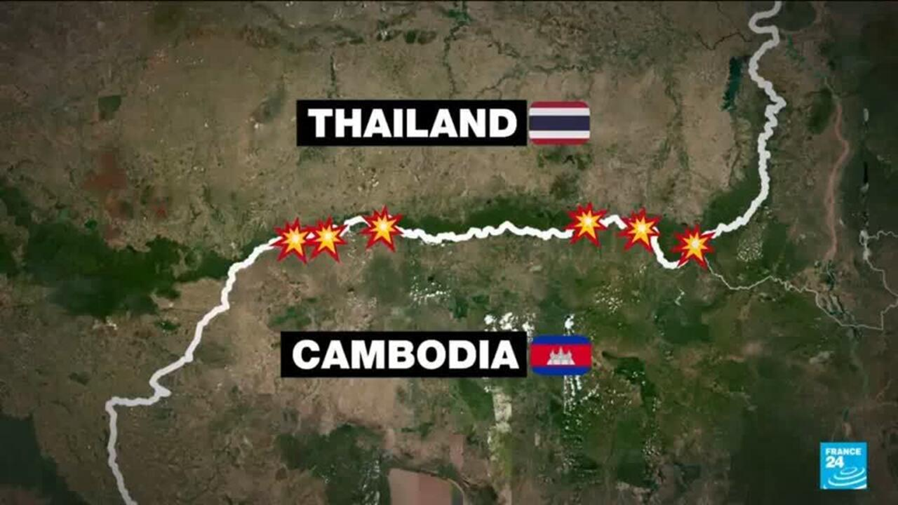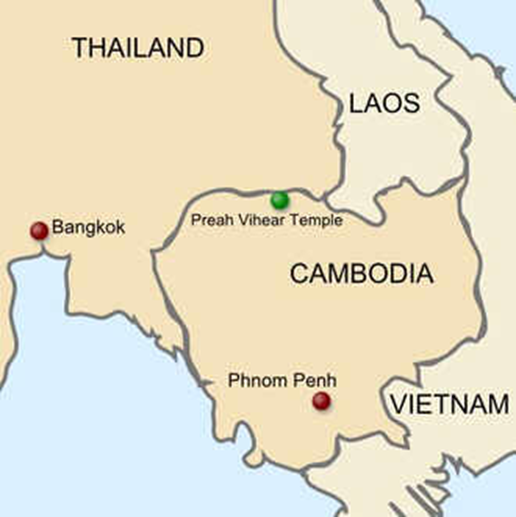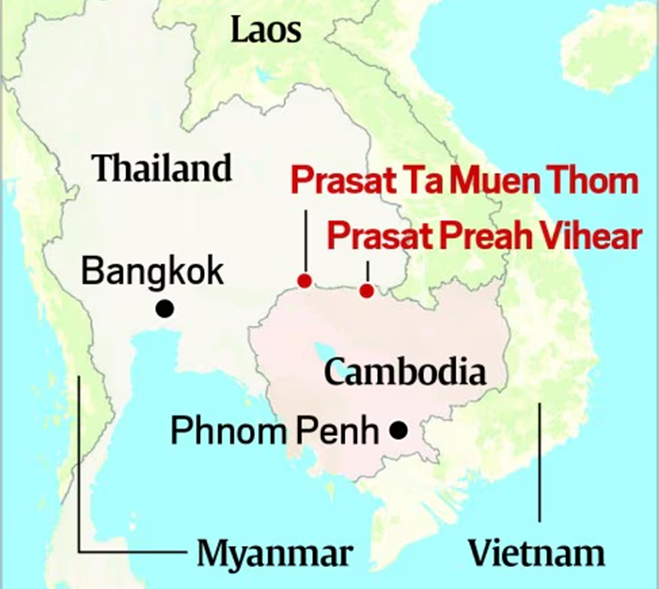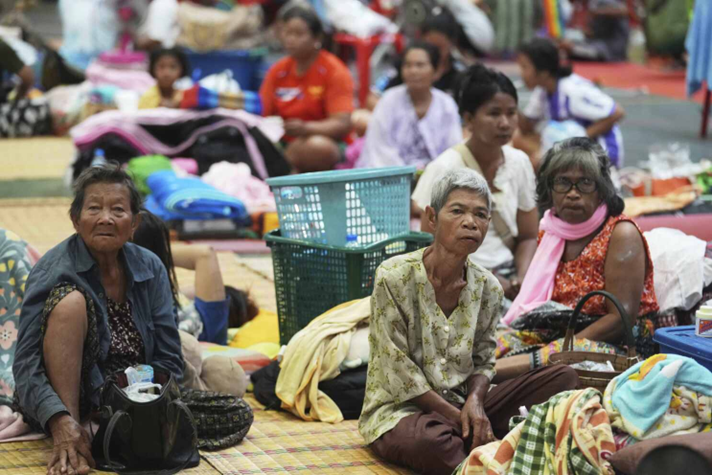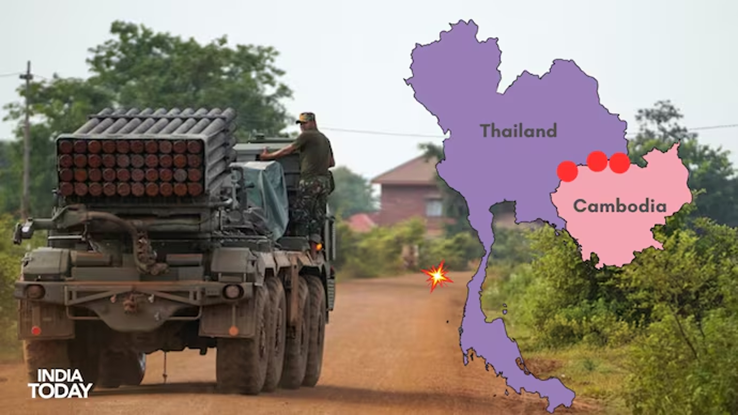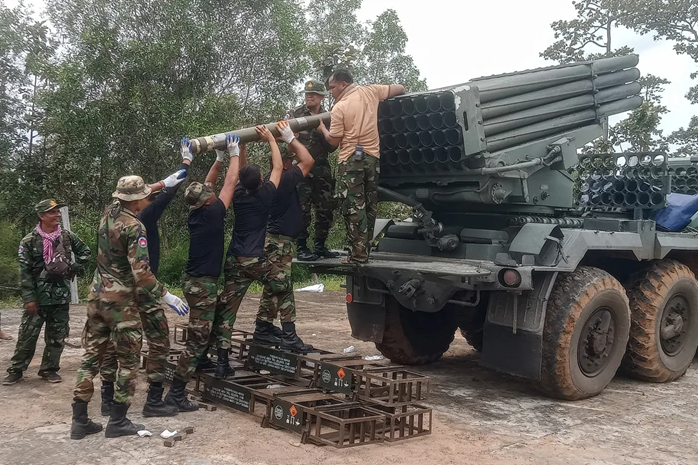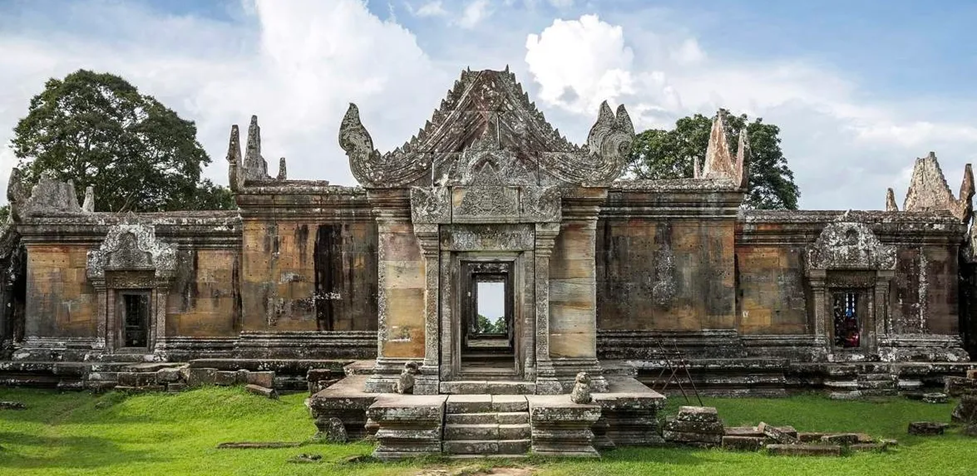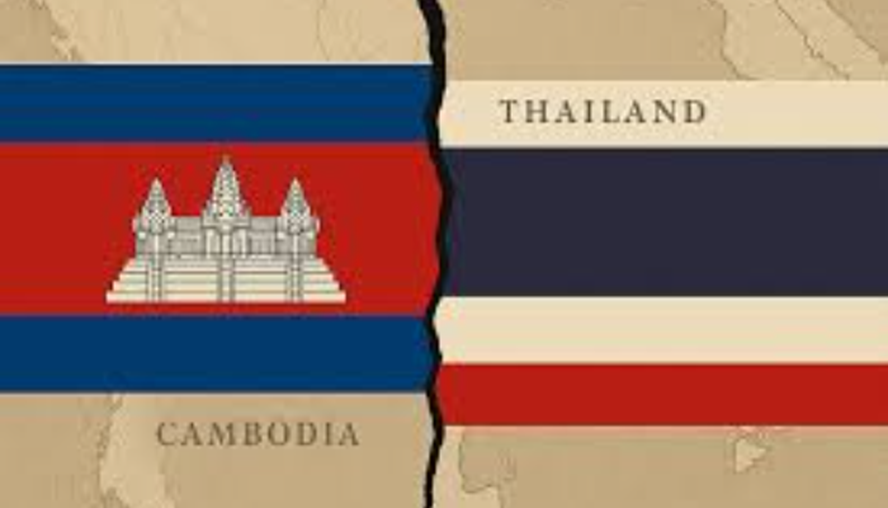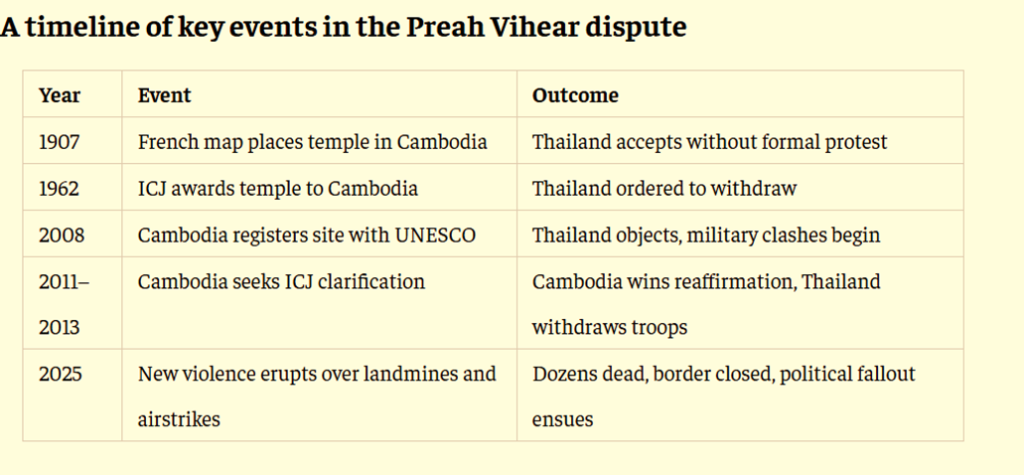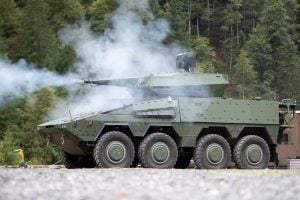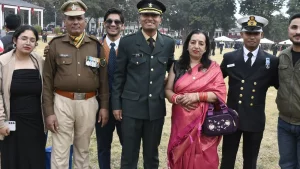At least 32 people have been killed, and tens of thousands have been displaced, as Thailand and Cambodia remain engaged in their worst fighting in more than a decade, exchanging heavy artillery fire across their disputed border. More than 130 people have been injured. Nestled atop a cliff in the Dângrêk Mountains, the ancient Preah Vihear Temple has become far more than a spiritual site.
Why Thailand & Cambodia Clashing Over Ancient Temples ?
Why In News
- At least 32 people have been killed, and tens of thousands have been displaced, as Thailand and Cambodia remain engaged in their worst fighting in more than a decade, exchanging heavy artillery fire across their disputed border. More than 130 people have been injured. Nestled atop a cliff in the Dângrêk Mountains, the ancient Preah Vihear Temple has become far more than a spiritual site. It’s now the heart of a decades-long, sometimes deadly border conflict between Thailand and Cambodia. Although this stunning 11th-century Hindu temple is a UNESCO World Heritage Site, the land it sits on has fueled military clashes, displaced thousands, and triggered international court battles.
How a colonial-era map sparked the modern conflict
- The root of the dispute goes back to 1907, during the French colonial era, when France drew up a map placing Preah Vihear Temple inside Cambodian territory. Thailand (then known as Siam) initially accepted the map without official objection—but decades later, this decision came back to haunt both nations.
- Thailand now argues that the 1907 French map ignored a 1904 treaty, which said the border should follow the natural watershed line of the Dângrêk Mountains. According to Thai authorities, the watershed would have placed the temple well within Thailand’s borders. Cambodia, however, continues to rely on the colonial-era map to assert sovereignty.
What Did The International Court Of Justice (ICJ) Rule?
- In 1962, the International Court of Justice (ICJ) ruled in Cambodia’s favor, awarding it sovereignty over the temple. Thailand was ordered to withdraw troops and return any artifacts taken from the site. This ruling caused an uproar in Thailand and has remained a source of diplomatic friction ever since.
- But the court’s decision left one major issue unresolved—who owns the surrounding 4.6 square kilometers of land?
Cambodia Listed The Temple As A World Heritage Site
- The conflict reignited in 2008 when Cambodia successfully registered Preah Vihear as a UNESCO World Heritage Site. Thailand strongly opposed the move, fearing it would legitimize Cambodia’s control over the surrounding territory.
- This led to a series of violent clashes between Thai and Cambodian troops, particularly between 2008 and 2011. The fighting included mortar shelling and rocket fire, leaving at least 20 people dead and and thousands displaced. Schools and homes near the border were abandoned as entire communities fled the violence.
What Happened When Cambodia Returned To ICJ
- Following the bloodshed, Cambodia once again approached the International Court of Justice in 2011, asking for a clear interpretation of its 1962 ruling. In 2013, the ICJ reaffirmed that the temple belongs to Cambodia and ordered Thailand to remove its forces from the area. It also ruled that Cambodia had sovereignty over the immediate vicinity of the temple.
- However, Thailand rejected further ICJ involvement in future disputes, insisting that all remaining border issues should be resolved through bilateral talks.
What’s Causing Renewed 2025 Border Crisis?
- Tensions reached new heights in May 2025, when a Cambodian soldier was killed and Thai troops were injured in a landmine blast near the disputed area. That incident was followed by rocket strikes and cross-border fighting, resulting in at least nine civilian deaths, including women and children, by July 2025.
- The violence prompted Cambodia to again request ICJ intervention, but Thailand rejected the move, refusing to recognize the court’s jurisdiction over the latest incidents.
- In a dramatic twist, Thai Prime Minister Paetongtarn Shinawatra was suspended from office after a leaked phone call with Cambodia’s former prime minister Hun Sen surfaced. Critics accused her of compromising national security and territorial sovereignty.
Why Does Preah Vihear Temple Matter
- A powerful symbol of national identity
- For Cambodia, Preah Vihear is a proud emblem of Khmer heritage and cultural glory. It’s considered one of the most spiritually significant structures in the country’s history, standing as a testament to its ancient civilization.
- For Thailand, the conflict represents more than just a land dispute. Nationalist groups view the contested area as stolen territory and see any .. any concession as a betrayal of Thai sovereignty.
Border Ambiguity Remains A Major Challenge
- One of the core issues is the lack of clear border demarcation. Despite multiple treaties and memoranda, no definitive agreement has been reached on where the boundary line falls—especially around the temple area.
- Even after numerous bilateral talks and military coordination efforts, both sides continue to patrol and claim parts of the area, making tensions a recurring issue.
